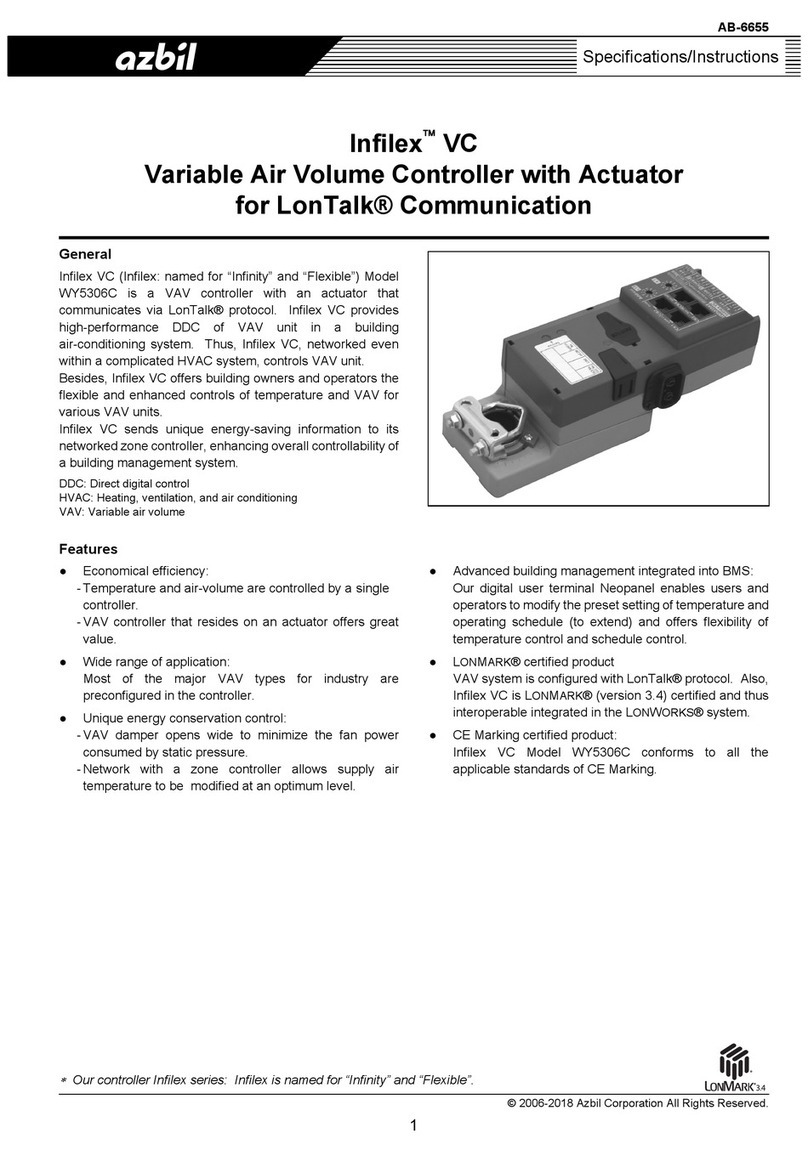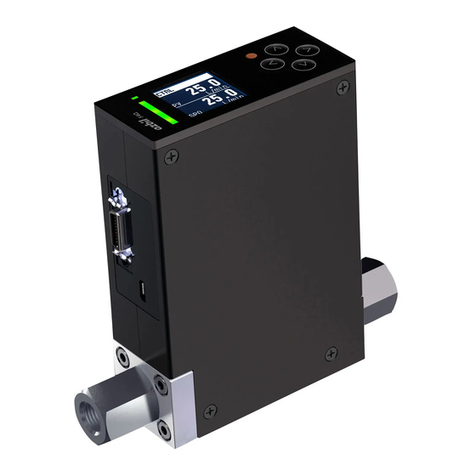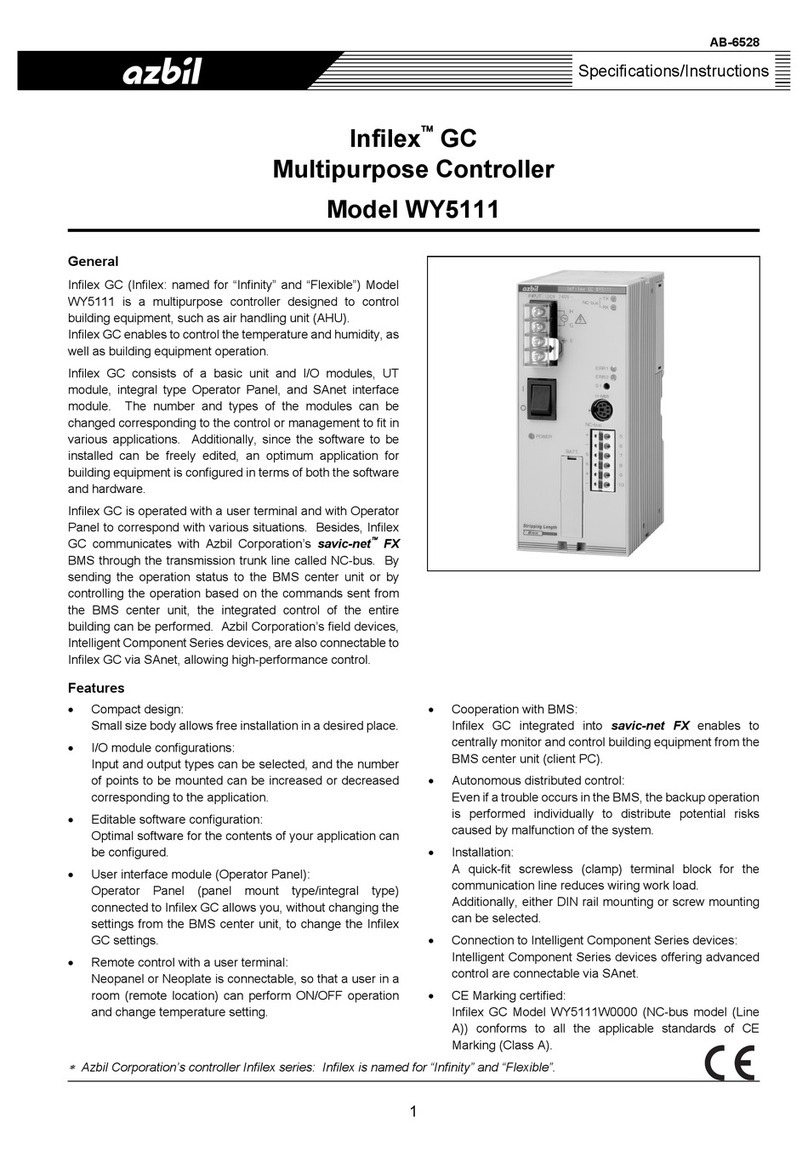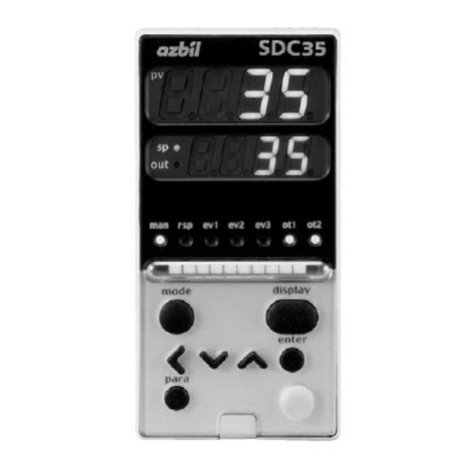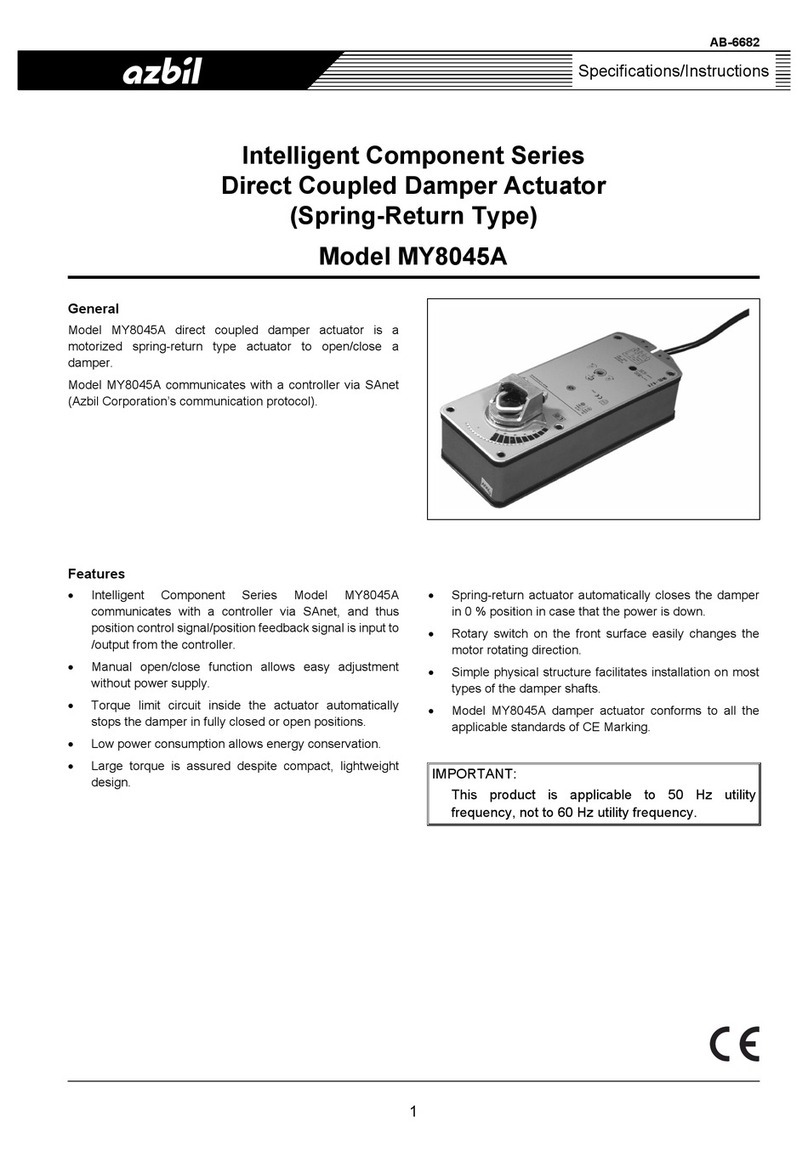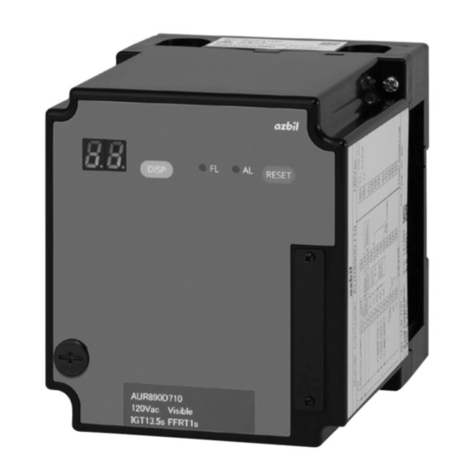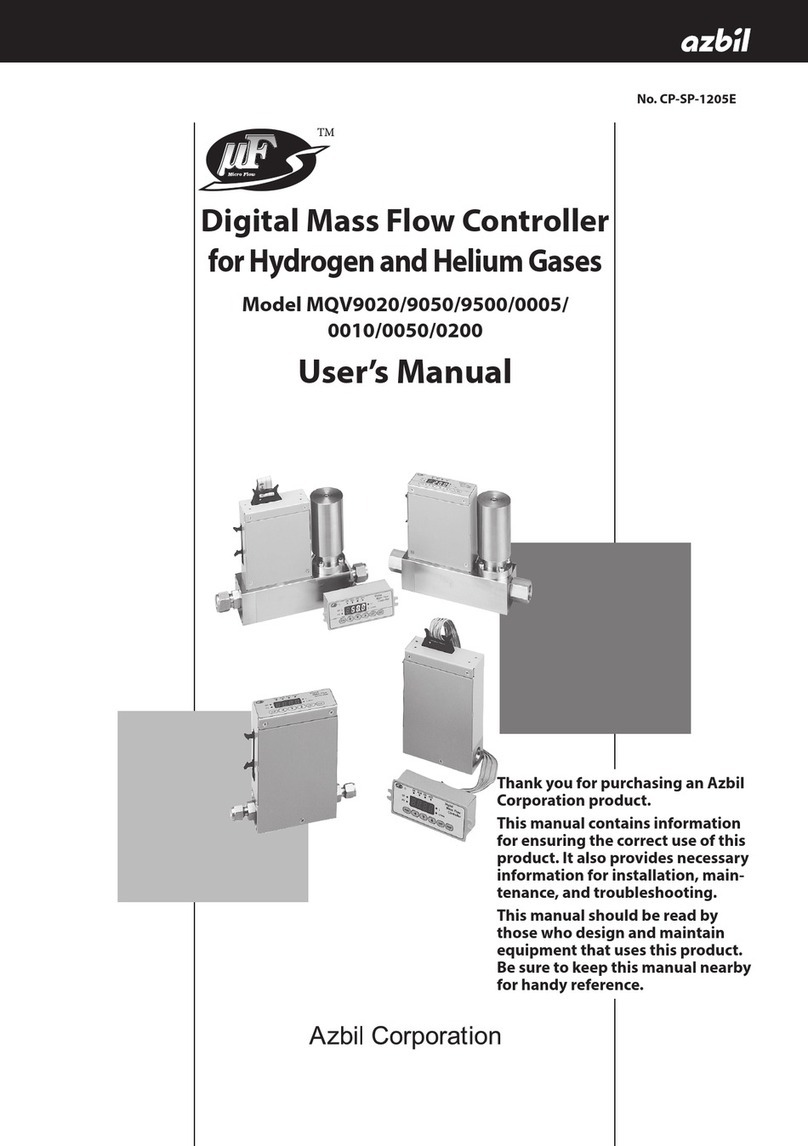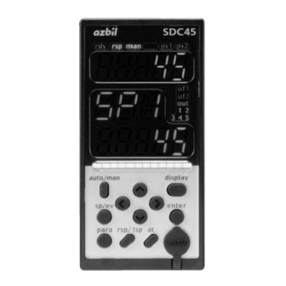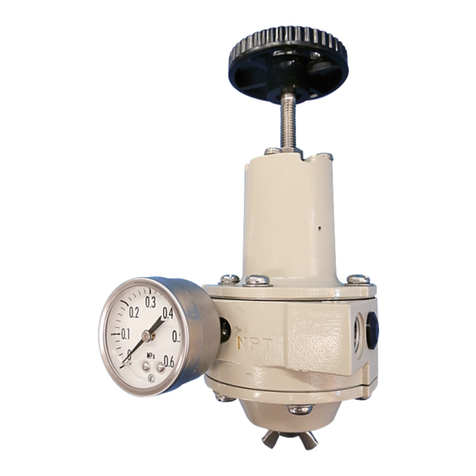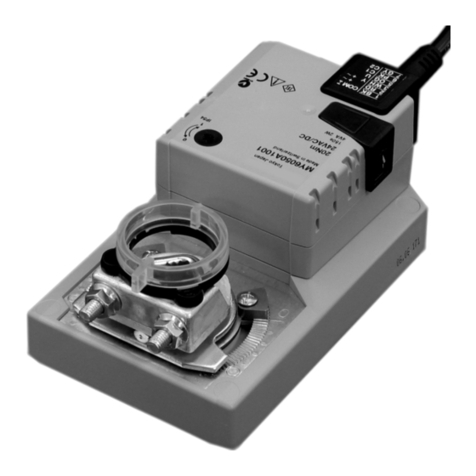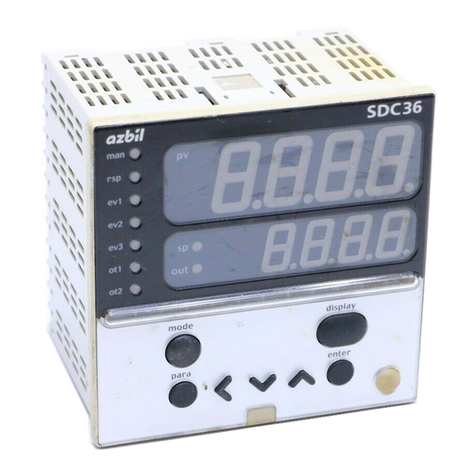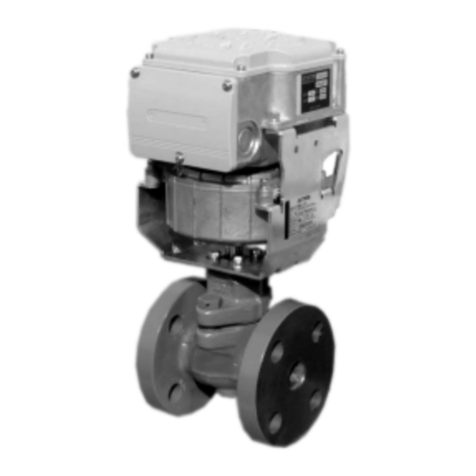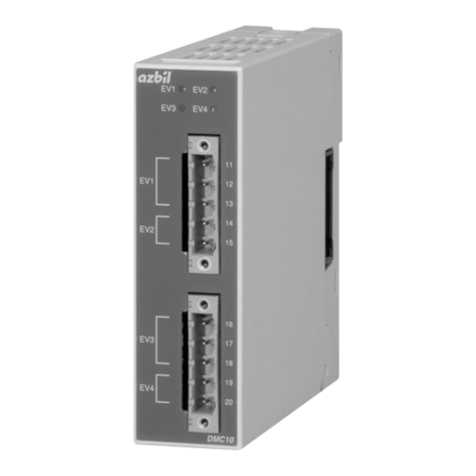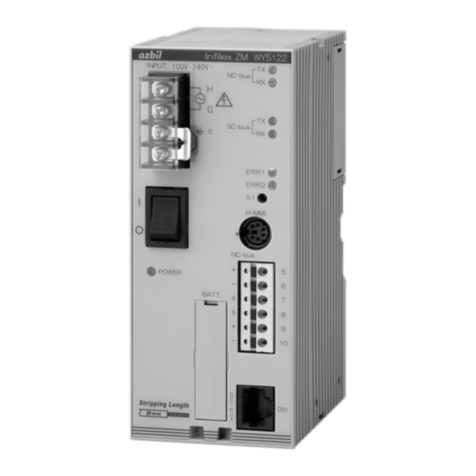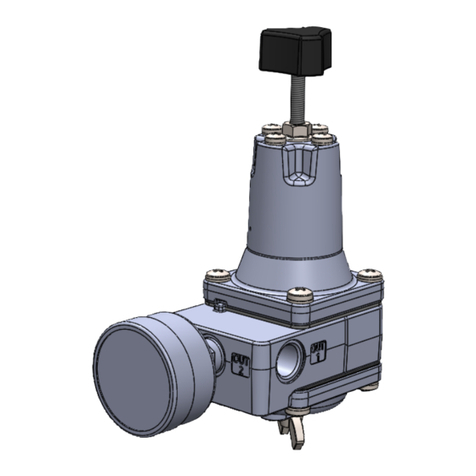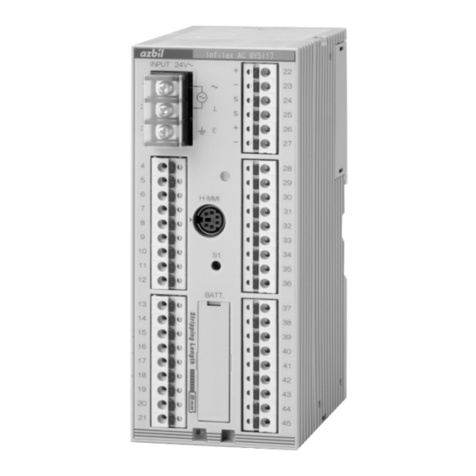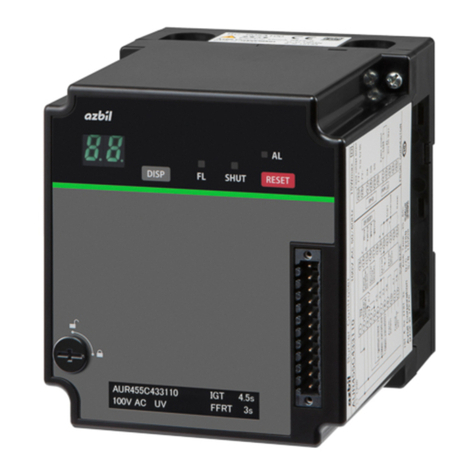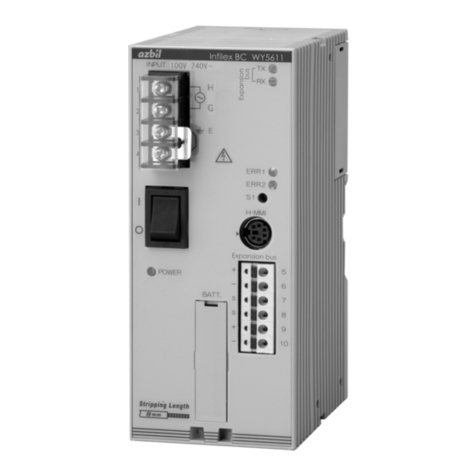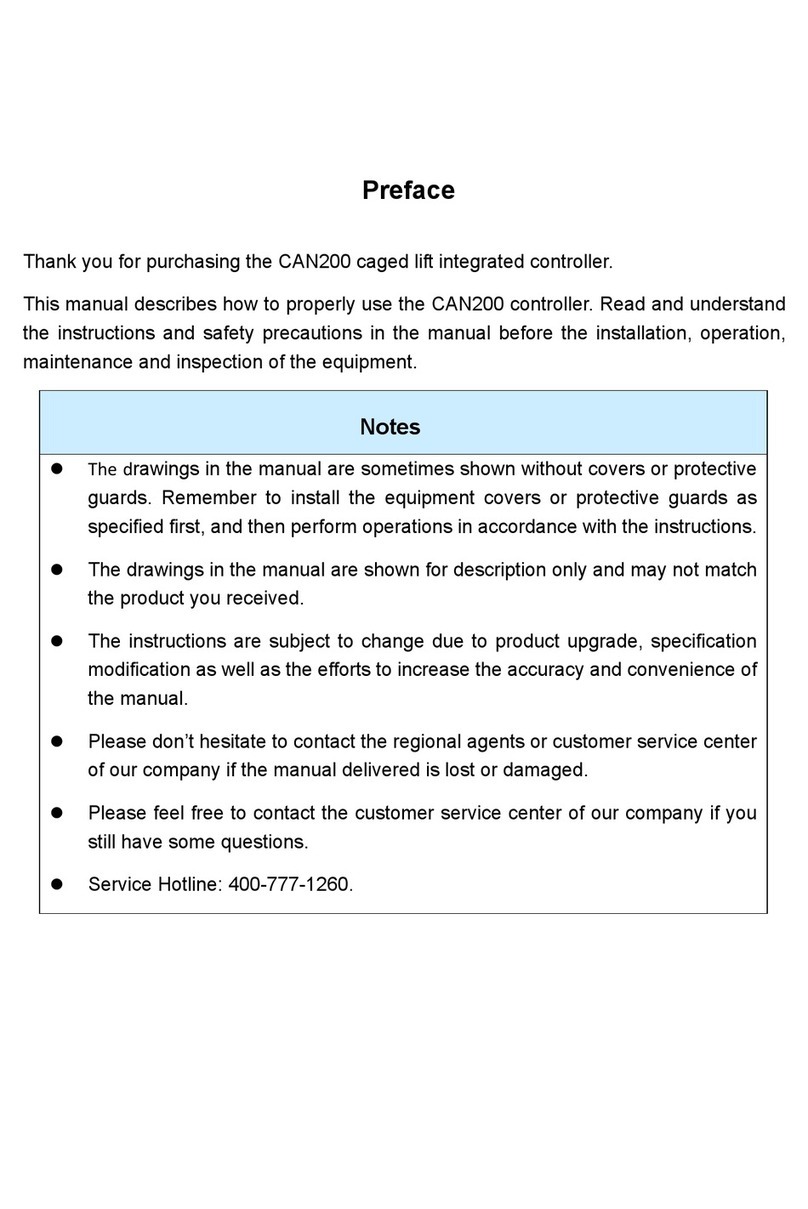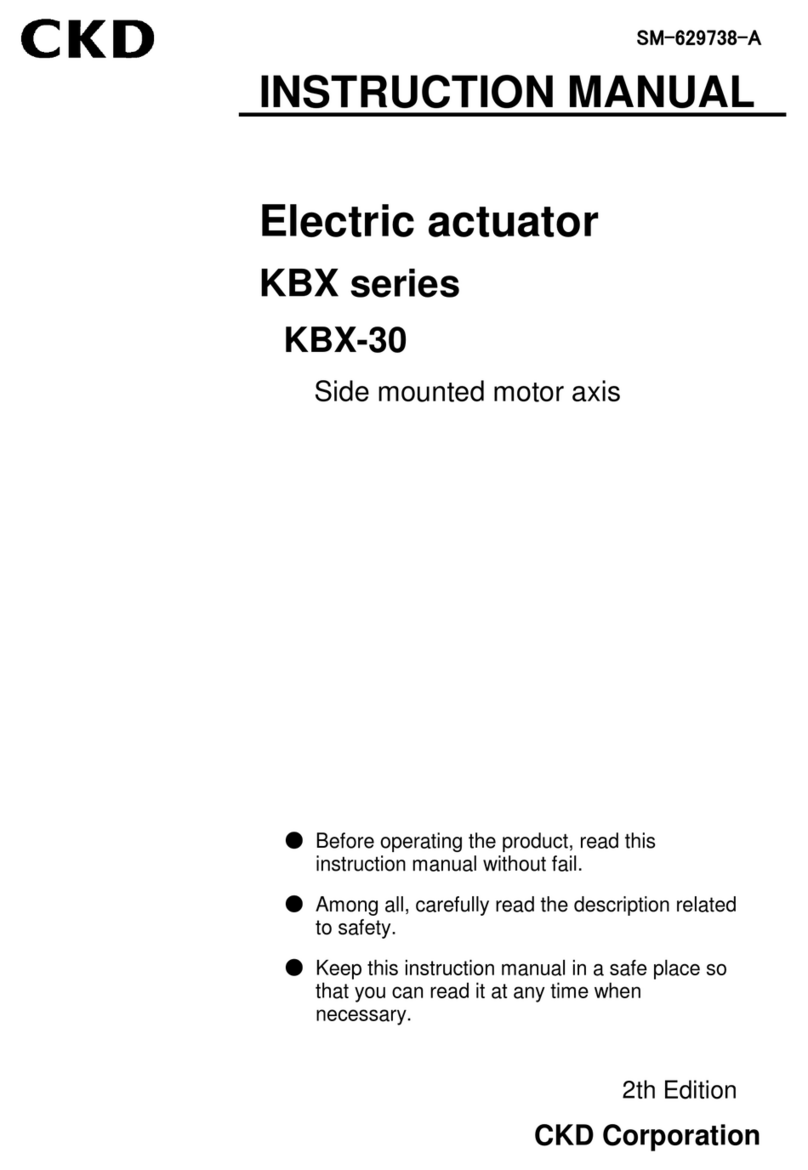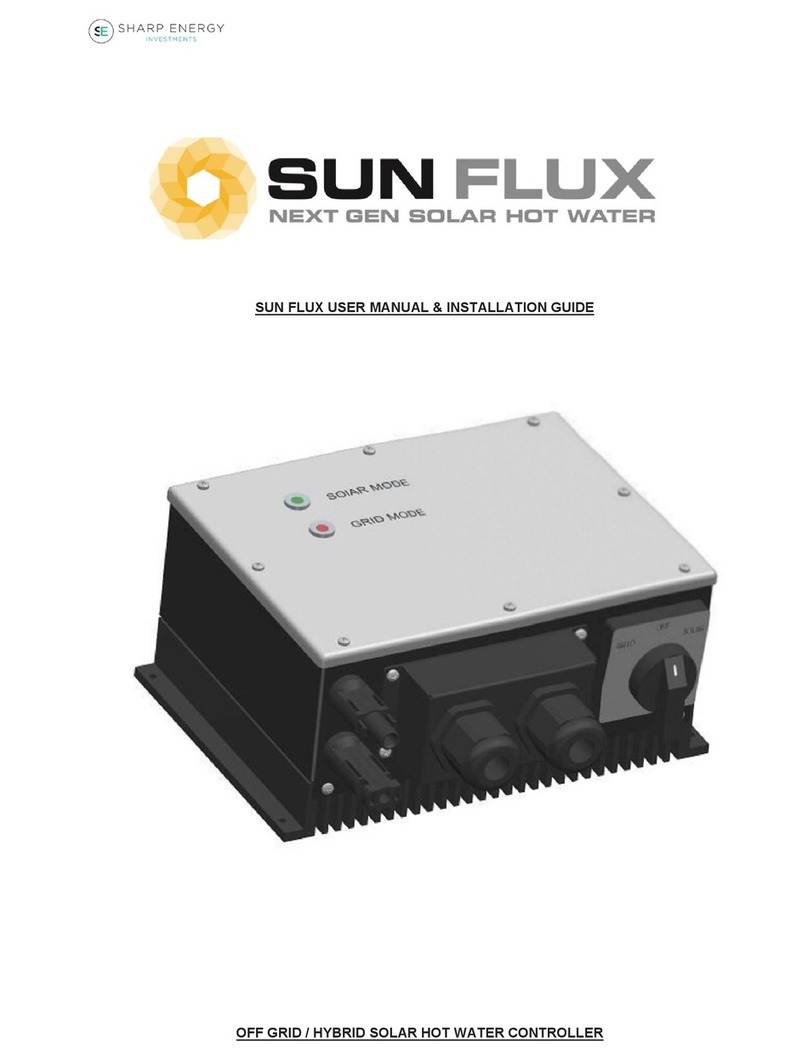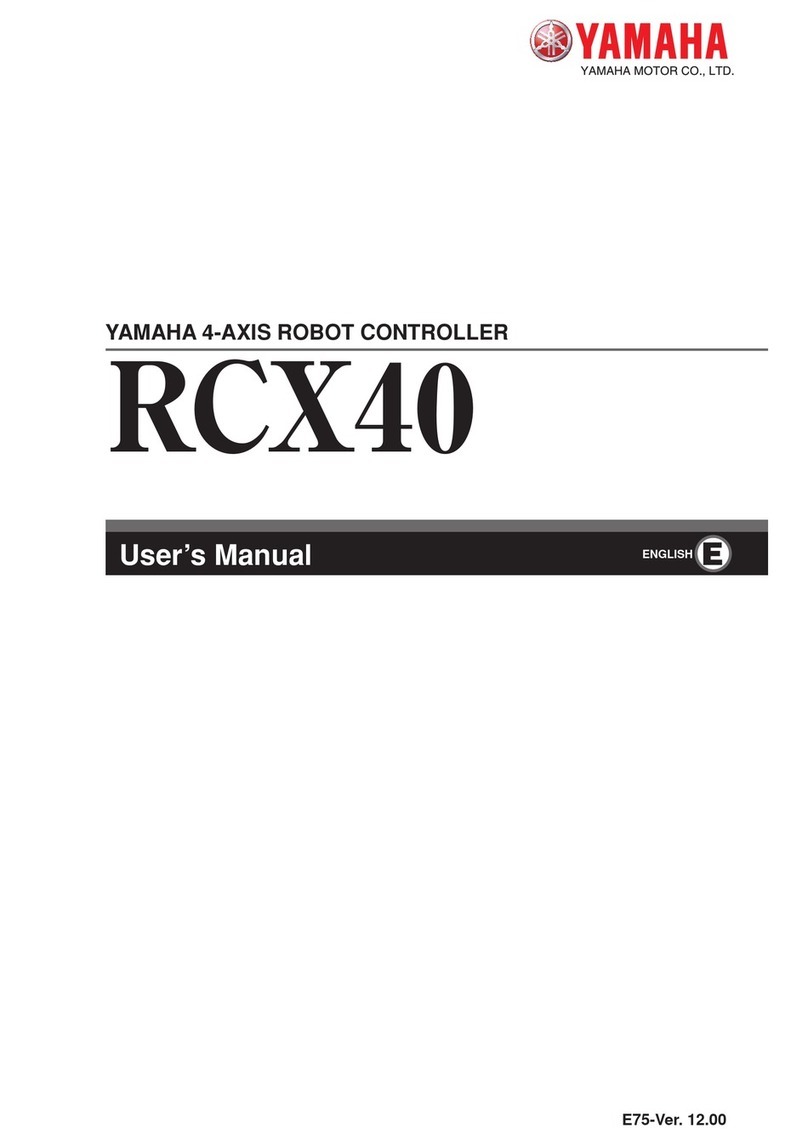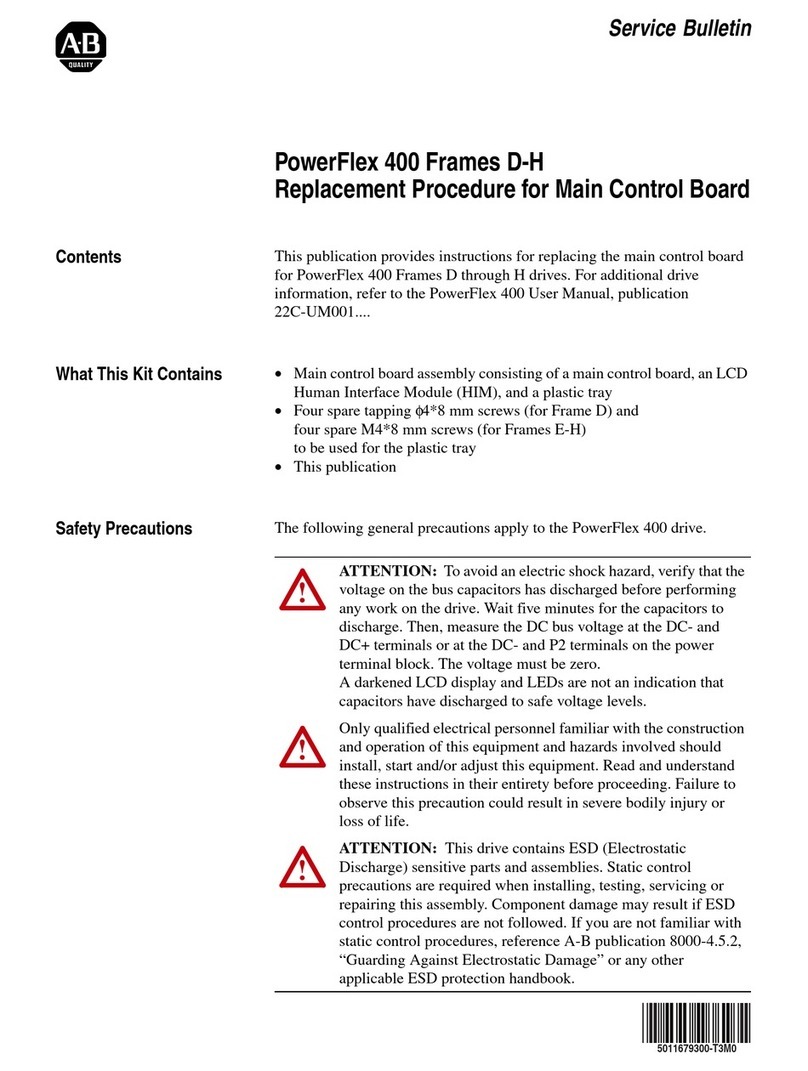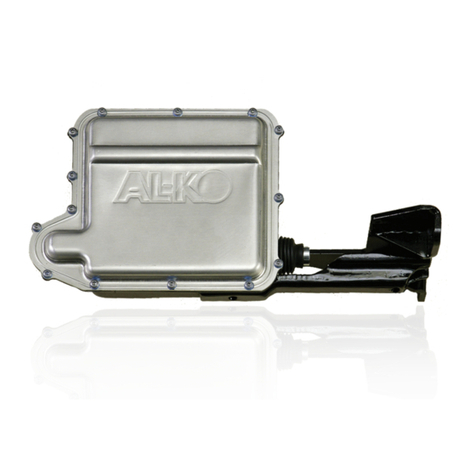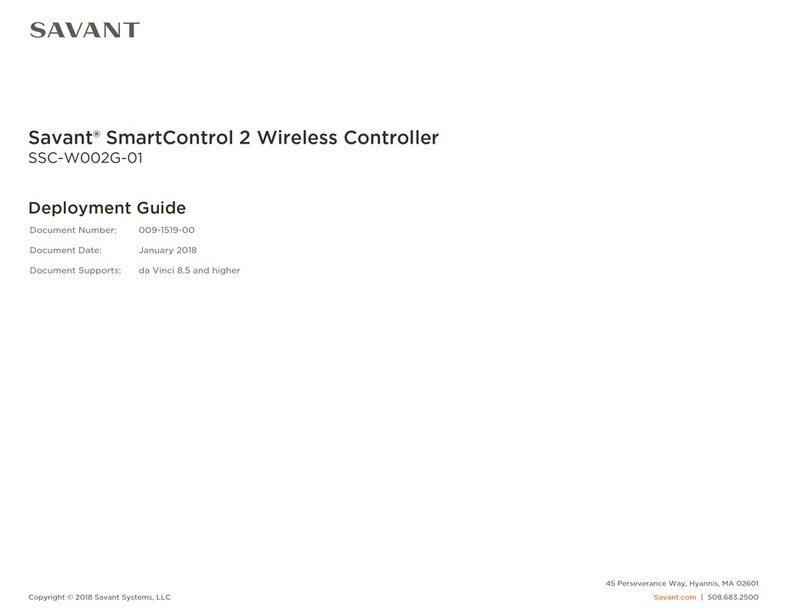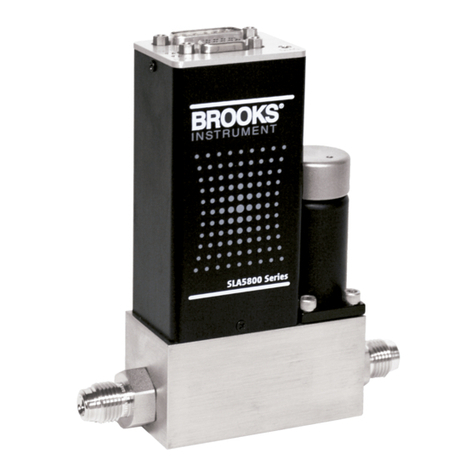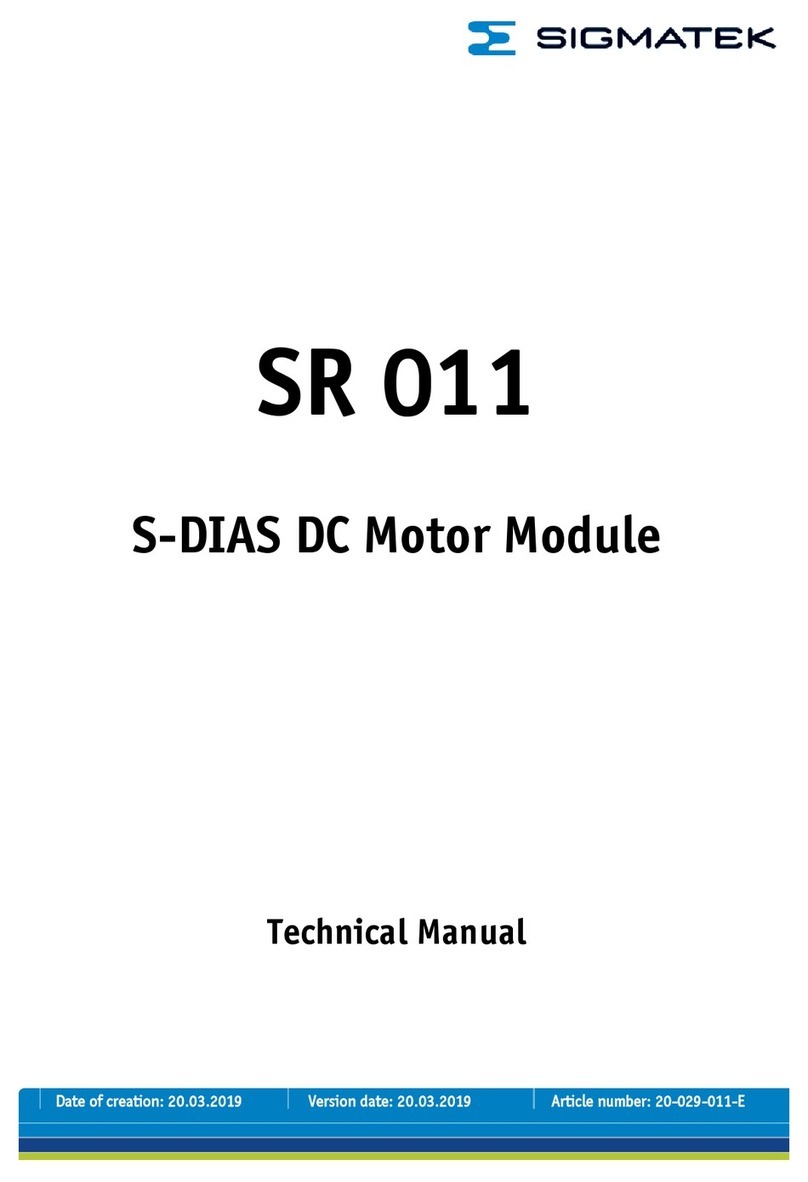
ii
Safety Precautions
Safety precautions are intended to ensure the safe and correct use of this product, to prevent injury to the operator and
others, and to prevent damage to property. Be sure to observe these safety precautions. Please make sure you under-
stand the safety guidelines before reading the rest of this manual.
The use of this product in a manner not specified by the manufacturer will impair its built-in safety features.
WARNING
Use this device for batch operation of the burner (at least one start and stop in a 24-hour period).
Do not use for continuous burner operation (nonstop combustion for 24h or longer).
This device performs recycle operation during flame failure. Therefore, when it is to be used together
with a gas-fired combustion system, operate it in non-recycle sequence by using an on-delay timer.
This device does not have the prepurge functions required for burner ignition. Give careful consider-
ation to various safety guidelines, etc., when setting timers and sequencing times.
Wire terminals 1 and 2 so that they receive power continuously whenever the power switch is turned
on. This is absolutely necessary to ensure operation of the self-check circuits at startup. Therefore, do
not wire a thermostat between the power switch and terminal 1 or 2. Doing so might cause a serious
combustion equipment accident.
Connect loads (ignition transformer, solenoid valve, etc.) directly to the output terminals of this de-
vice. If they are not directly connected, combustion safety cannot be ensured.
Do not allow the pilot or main burner ignition trial time to exceed the specifications of the burner or
equipment manufacturer. If they do, fuel may accumulate in the combustion chamber and form an
explosive air-fuel mixture, resulting in a serious explosion hazard.
Before wiring, mounting, or removing this device, be sure to turn the power off. Wiring with the
power on can result in an electric shock.
Do not connect a solenoid valve to the high voltage side of the circuit. If a ground fault occurs, the
ground fault current may energize and open the solenoid valve. This device will not be able to pre-
vent the valve from opening and fuel from flowing out.
Even after the power to this device is turned off, terminal F continues to hold an electrical charge.
To avoid electrical shock, do not touch terminal F.
Carry out the pilot turndown test. If the flame detector is set so that it detects a pilot flame that is
too small to ignite the main burner, this device will not be able to detect a flame failure in the main
burner. In that case, fuel will continue to be supplied, causing a serious explosion hazard.
Before the pilot turndown test or ignition spark response test, make sure that all manual fuel valves
are closed.
If the pilot turndown test must be carried out repeatedly, completely shut down all equipment each
time the test is finished, and completely discharge unburned gas or fuel that has accumulated in
the ducts and combustion chamber. Failure to discharge unburned gas or fuel may result in an
explosion.
When the pilot turndown test is complete, turn OFF the power switch to shut down the power.
Restore all test jumpers and limit interlock/regulator settings to their previous states. If operation
begins without the above steps, damage to the equipment, gas leak or explosion may result.
Do not start regular operation of the equipment without first completing the trial-run adjustments
for this device, as well as the tests specified by the equipment manufacturer.
